Ever wondered what the differences are between open-back and closed-back headphones? Both versions are equally as good as each other with the right technology behind them. It’s also not unusual for people to own both versions.
In terms of their exterior, the differences are quite simple. Open-back headphones employ a mesh-like exterior which enables the drivers to interact with the outside world. Closed-back headphones, on the other hand, are sealed from any outside noise.
Many people say open-back headphones have an airiness to the signature while closed-back can sound emphasized in the bass. We’ll discuss this and more, as well as the pros and cons of open-back vs. closed-back headphones to help you decide which one is right for you.
In a hurry?
At a glance, here are the main features of open-back and closed-back headphones:
| Open-back | Closed-back |
|---|---|
| Perfect for a quiet environment where you don't mind the sound escaping from your headphones | Perfect for noisier environments where you want to block out unwanted sound |
| Creates a sound signature with an extended depth | Bass can sound emphasized |
| Adds an airiness with stereo soundstage panning | Good sound isolation provides an immersive listening experience |
What are open-back headphones?
Overview
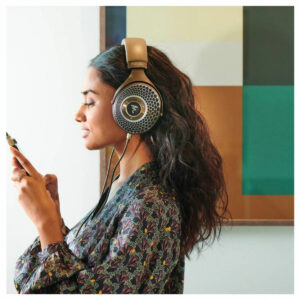 In a nutshell, open-back headphones create a broad sound which extends beyond the headphones themselves. They use both internal components and a mesh exterior that allows air to pass through the earcups.
In a nutshell, open-back headphones create a broad sound which extends beyond the headphones themselves. They use both internal components and a mesh exterior that allows air to pass through the earcups.
This means the headphone drivers can vibrate freely without impacting the rest of the cup, reducing low-frequency build-up and creating an airiness with incredibly wide stereo imaging. It’s this “airiness” that makes open-back headphones so distinct from their closed-back counterparts
Open-back headphones allow sound to decay (ebb away until silent) – and this is very pleasing to listen to. They also have an extensive bass presence that never seems to peak too early or finish abruptly.
If you’re after a breathable, balanced sound that moves effortlessly from one ear to the other, open-back could be for you. Plus, they allow for hi-fi grade separation.
However, it’s not all good news. There is a but, and it’s a big but! The trade-off is sound leakage in both directions. These headphones don’t isolate you from outside noise, which means that even the softest of external sounds can interfere with what you’re listening to.
Additionally, other people around you will be able to hear your music as the sound is allowed to pass through, so it’s best to use open-back headphones in quiet environments for critical listening such as mixing and monitoring in the studio.
Pros and cons of open-back headphones
| Pros | Cons |
|---|---|
| Airy, open sound | External noises can interfere with the sound |
| Tone is natural and realistic | People around you will be able to hear a tinny noise from your headphones |
| Mid-range frequencies have space to breathe | You need to listen at a higher volume to hear extended bass levels |
| Higher frequencies can decay naturally | Can only really be used in quiet, solitary environments |
| Comfortable to wear during long listening sessions |
Where to use them
The obvious environment for open-back headphones is at home when it’s quiet and there’s nothing to interfere with the sound coming through your headphones. You’ll usually find that open-back headphones are extremely comfortable to wear thanks to their breathable nature that reduces fatigue, meaning they’re perfect for longer listening sessions.
If you’re a music producer, you probably own a pair of open-back headphones. Their natural, accurate sound is ideal for listening critically to a mix, letting you monitor your music with excellent detail.
Where not to use them
Open-back headphones aren’t suitable for use whilst out and about in busy environments. The breathability that they’re famous for can also be a real hindrance. Even a minuscule amount of noise will leak inwards, so any traffic zooming past, for example, will make it impossible for you to hear your music.
If you wear open-back headphones in an office, on a train, or in any other quiet place with people around you, you may also notice others giving you some disapproving glances. Not only do they let sound in, but they also let it out!
Our open-back recommendation
If I were to choose a pair of open-back headphones, I’d go for the Sennheiser HD 400 PRO Studio Reference Headphones. With a custom-designed 120-ohm transducer and a unique polymer blend in its diaphragm, these headphones deliver an incredibly accurate and neutral sound that’s ideal for mixing and monitoring. Plus, even at high volume levels, the sound doesn’t distort.
The headphones are also incredibly comfortable to wear, courtesy of a lightweight design and velour earcups.
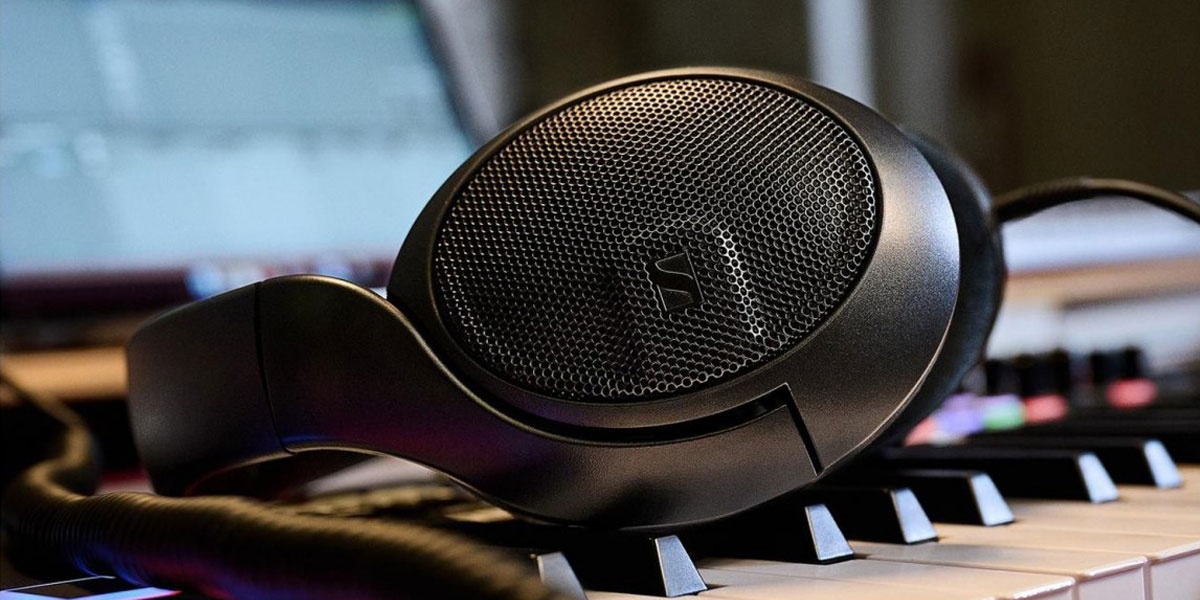
What are closed-back headphones?
Overview
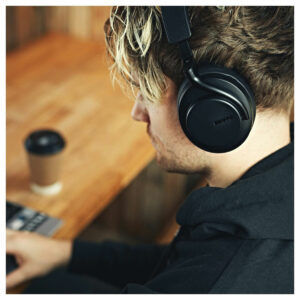 Closed-back headphones have sealed earcups that create an isolated listening experience, letting you hear music within your very own bubble. This eliminates the chance of external noise interfering with what you’re listening to.
Closed-back headphones have sealed earcups that create an isolated listening experience, letting you hear music within your very own bubble. This eliminates the chance of external noise interfering with what you’re listening to.
Some closed-back headphones like the Shure AONIC 50 Gen 2 and Focal Bathys use active noise cancellation to block any unwanted outside noise, giving you truly immersive sound and a sense of “oneness” between you and the music.
Closed-backed headphones enclose the tiny speakers within the earcup, directing the sound towards your ears. Compared to the airiness of open-back headphones, some people describe the closed-back sound as narrow or confined – however, it’s the price you pay for isolated listening.
Its stereo imaging branches outwards towards each ear but never extends beyond the headphones themselves.
There is a trade-off in using these headphones. Argh! Nothing is ever that simple, is it? A drawback to closed-back headphones is they can create unwanted sound resonances which bounce within the earcup as the sound cannot escape. Manufacturers have come up with clever ways to combat this.
Pros and cons of closed-back headphones
| Pros | Cons |
|---|---|
| Isolates the sound for an immersive listening experience | Sound signature isn't as natural and expansive as that of open-back headphones |
| Perfect for using at the gym, on the train, or in the office | Bass can sound too emphasized and unnatural |
| No sound leakage due to sealed earcup design | The sound imaging is not as accurate as the linear musical feel of open-back headphones |
| Works with active noise cancelling | Can cause reverberations within the earcups |
| Adds height and width to your music | May become uncomfortable when wearing for longer listening sessions |
Where to use them
Closed-back headphones are ideal for casual listening pretty much anywhere! They trap the sound in and won’t disturb others, they also stop any outside noise from interfering with your music. Headphones like the Focal Listen Wireless Headphones make this even better by removing the kerfuffle of wires.
Whether you find yourself in a noisy gym environment, walking up Snowdonia, or travelling on the tube in all the hustle and bustle, closed-back headphones are perfect for today’s modern lifestyles.
Where not to use them
During long listening sessions, the lack of breathability due to the closed earcup will become noticeable and will most likely cause fatigue.
Those in recording studios may also wish to stay away from closed-back headphones as the narrower soundstage isn’t as good for mixing and monitoring as that of open-back headphones.
Our recommendation
If I were buying today, I’d jump to the flagship Dali IO-12 True Hi-Fi Wireless Headphones. These are the second generation of Dali’s renowned headphone range, and Dali have really gone to town in creating excellent sound quality that epitomises just how closed-back headphones should be.
Designed from the ground up, they perform similarly to open-back headphones, bringing the best of both worlds. They have that fluidness and openness of open-back headphones whilst eliminating external leakage.
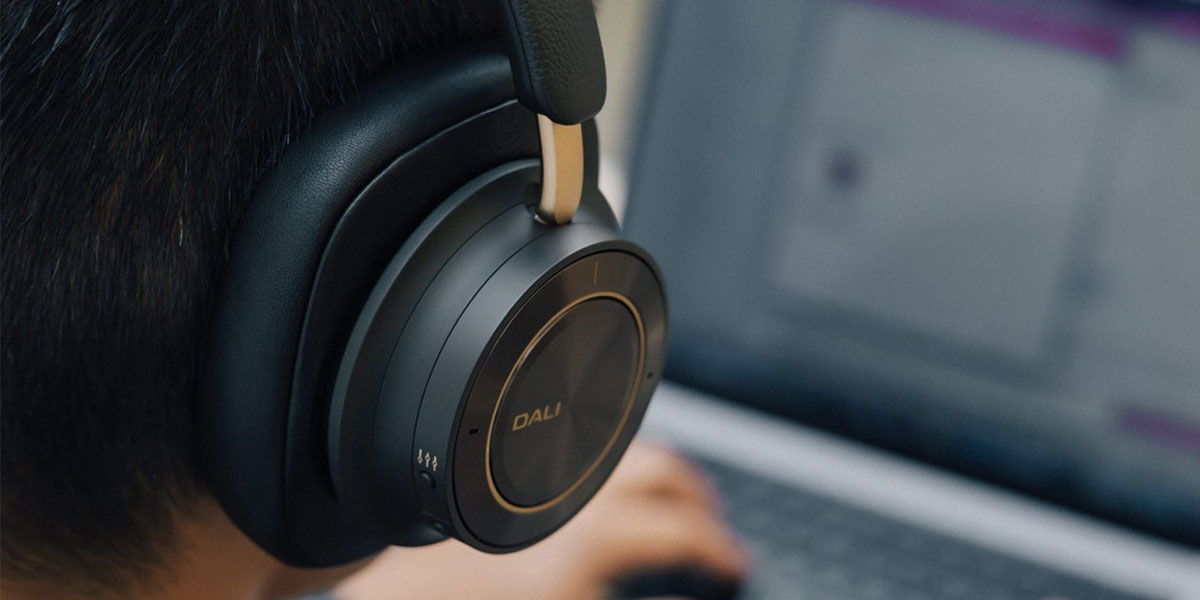
A note on semi-open-back headphones
Semi-open-back headphones are something of a rare beast. These are very similar to closed-back headphones, however, they don’t seal the rear of the speaker, meaning they can let some air in and out like open-back styles do.
Those who don’t wish to spend that much could find these to be the perfect solution for reasonable hi-fi sound. They give you the best of both worlds, but they do come with the same disadvantages of open-back headphones in that they let sound in and out which my disrupt your listening.
Do note that every pair of headphones has its own signature sound, just like speakers do!
FAQs
Can I use open-back headphones for gaming?
If you have a dedicated external mic and you’re gaming alone, you can use open-back headphones for gaming. They’d be more immersive and realistic than traditional gaming headsets!
Do open-back headphones really sound better than closed-back headphones?
In the right environment, open-back headphones can sound better than closed-back headphones in that they deliver a more airy, natural, and accurate sound. However, if you’re in a busy, noisy environment, the lack of sound isolation means that open-back headphones are impossible to use as you won’t be able to hear what you’re trying to listen to.
Why do open-back headphones cost more?
Open-back headphones cost more because of their advanced designs that deliver high-fidelity sounds. The drivers are allowed to vibrate freely and there’s none of the unwanted resonances bouncing within the earcup that come with closed-back headphones.
Final Thoughts
We hope we’ve steered you onto the right path for your next pair of headphones. As you can see, when it comes to the open-back vs. closed-back headphones debate, there really isn’t a wrong pair of headphones!
It’s all about how you interact with them. For casual listening, closed-back headphones are the champions – which explains why there are so many variations available.
If you’re serious about hi-fi audio replication, open-back headphones will give you all those tiny nuances you want to hear.

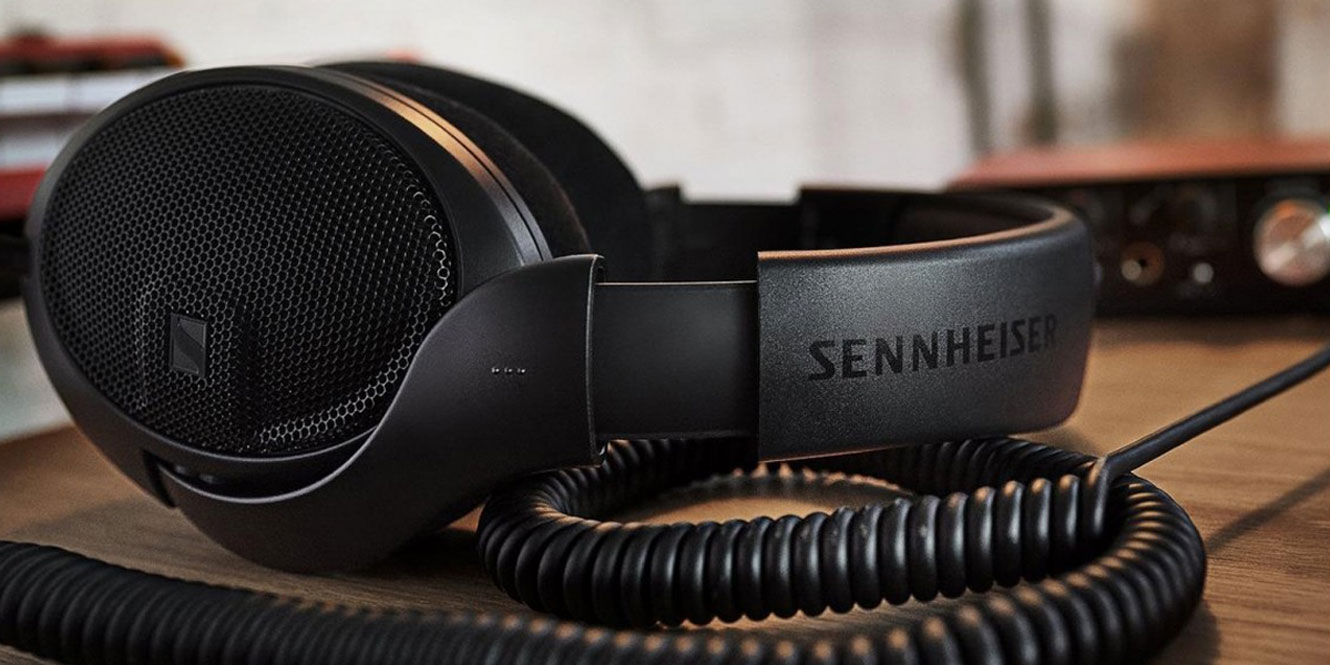
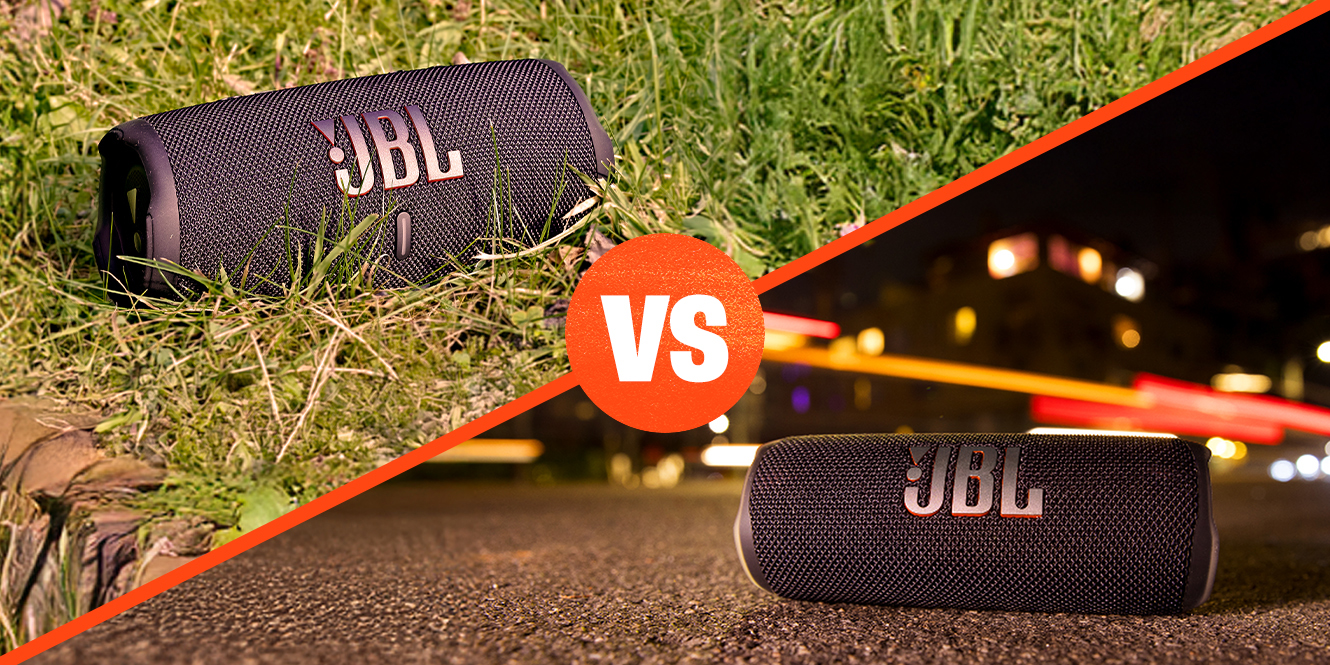

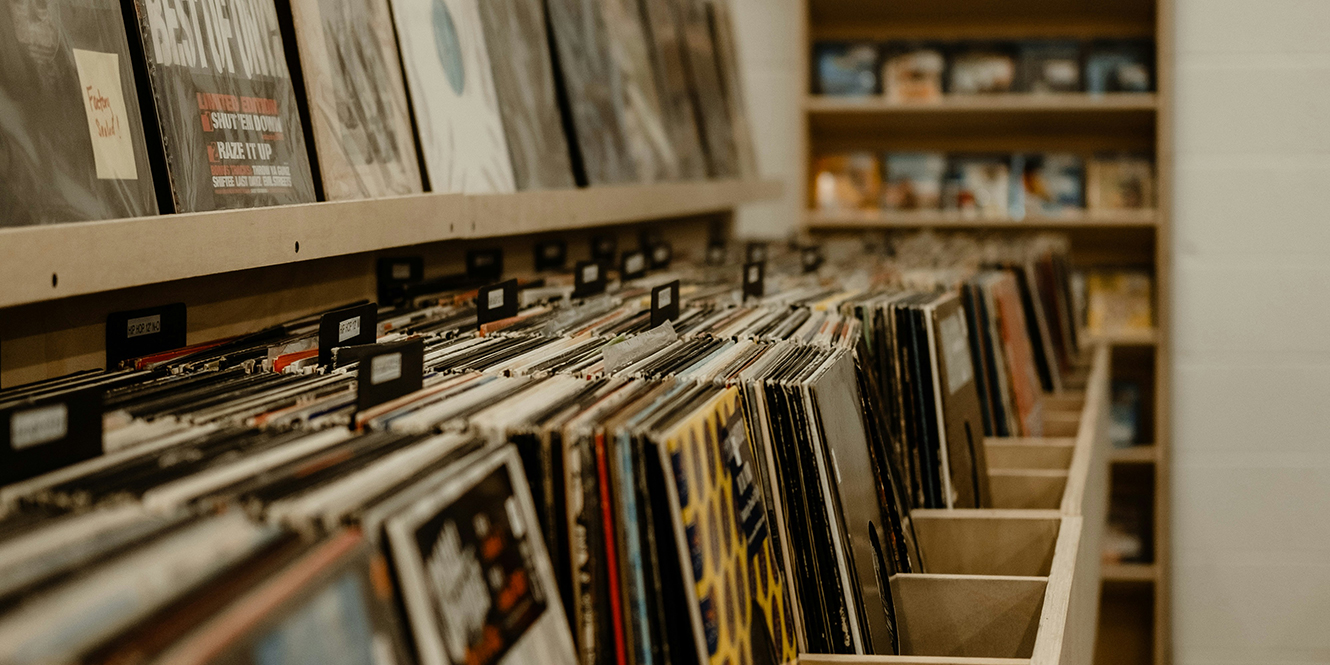
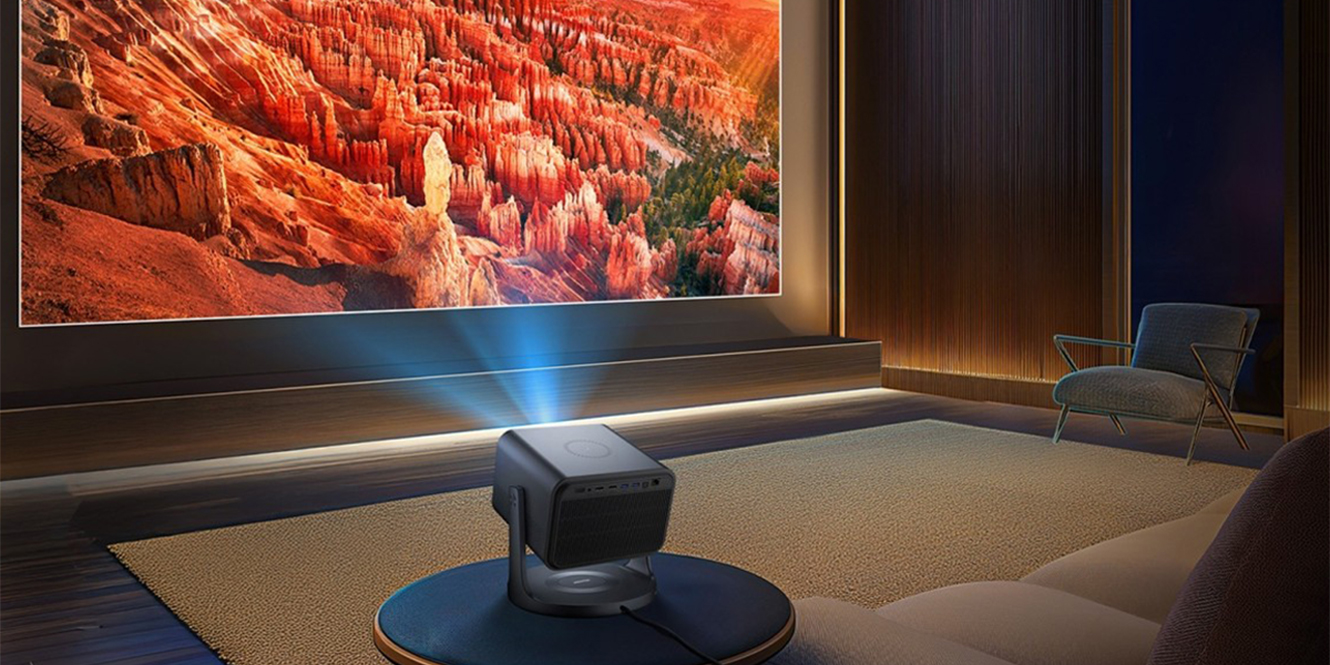




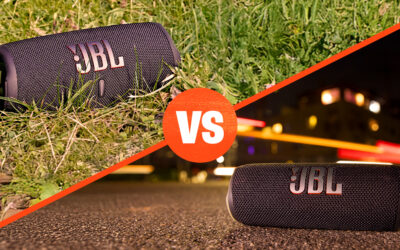


0 Comments